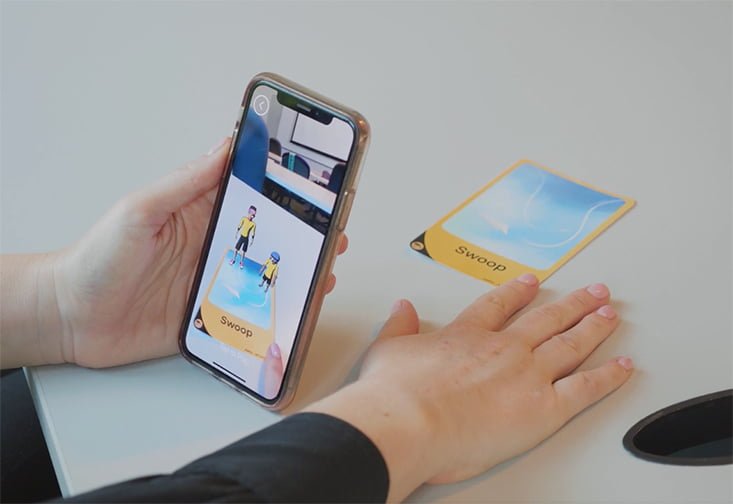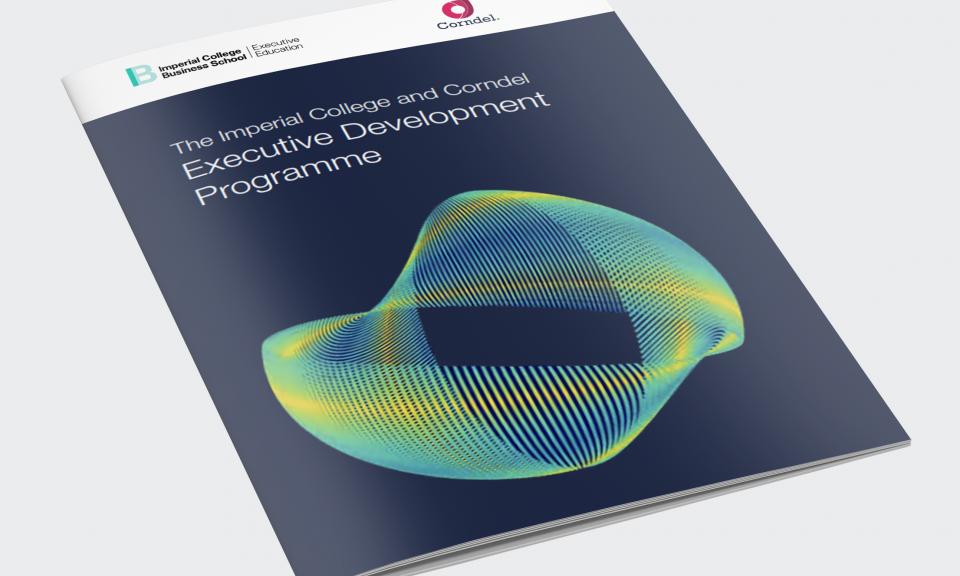Now that most teenagers have access to a smartphone, they want colleges to text them — except when they don’t.
Student recruitment is complicated like that, as a new national survey of college-bound students suggests. Although most respondents (57 percent) said they were willing to receive texts from colleges, some kinds of messages appealed to them more than others. The vast majority were open to time-sensitive texts about application deadlines (86 percent), responses to specific questions (82 percent), and reminders about events they had registered for (75 percent).
But they weren’t so eager to receive more-general information. In short, one-on-one texts with admissions officers hold appeal; huge information blasts don’t.
Opinions of recruitment strategies vary among different subgroups, the survey found. First-generation students, underrepresented minorities, and students from low-income families were much more likely than their peers to say they would welcome texts, for instance.
Those findings come from Royall & Company, a Virginia-based business that specializes in student recruitment. The company is now a division of EAB, formerly the Education Advisory Board, which provides research and best-practice findings to more than 600 member colleges. Previously, Royall & Company didn’t publicize the results of its regular surveys, which have stocked a valuable trove of information gleaned from more than 800,000 students since 2000.
A report on its latest survey, released on Thursday, is based on responses of 8,515 high-school juniors and seniors, who were asked to share their views of the recruitment process.
‘Hanging Onto Paper’
Despite rumors to the contrary, print’s not dead, said Pamela Kiecker Royall, the company’s head of research. Many students (46 percent) still find those old-school “search” letters helpful. Applicants in affluent families, though, were less likely than those from lower-income backgrounds to deem such letters helpful.
“We’re still hanging onto paper,” Ms. Kiecker Royall said. “For some of these more generally underserved populations, there’s a secondary readership, a pass-along potential of that letter.”
And email isn’t a dinosaur, the survey suggests. Respondents rated emails sent by colleges as the most helpful source of information around (65 percent), followed by college websites (52 percent).
Another takeaway: Timing matters. Although most students begin their college searches as sophomores or juniors, more (45 percent) are now doing so during their freshman year or earlier. Women were more likely than men — and black and Hispanic students were more likely than their white counterparts — to get an early start.
As the report reveals, what’s useful to juniors might not matter as much to seniors, and vice versa. And the usefulness of some communication strategies might vary over time. Most students didn’t think social media was a good way to gather information about colleges early on. But more than half had used it to interact with an institution, perhaps to get a better idea of a campus in which they had taken an interest.
The report also suggests that colleges might think about inviting students to visit earlier on. “If a student comes to your campus as a sophomore and falls in love,” Ms. Kiecker Royall said, “you have longer to really develop relationships.” Plenty of college counselors would say there’s no need to rush things, of course.
One finding that colleges probably shouldn’t ignore: 87 percent of students surveyed said they owned smartphones, up from 22 percent just five years ago. “You have to make sure that every entry point is mobile-actualized,” said Ms. Kiecker Royall, noting that applicants tend to form initial impressions of colleges while holding smartphones or tablets. “From that fact-finding, initial read on a mobile device, they can go ‘yay’ or ‘nay.’”
Clarification (2/11/2016, 3:51 p.m.): This article originally provided an obsolete name for the business of which Royall and Company is a division. The Education Advisory Board is now known as EAB, as a company representative notified The Chronicle after publication of this article. The article has been updated accordingly.
[Source:- acenet]
















